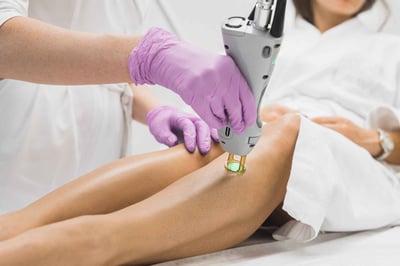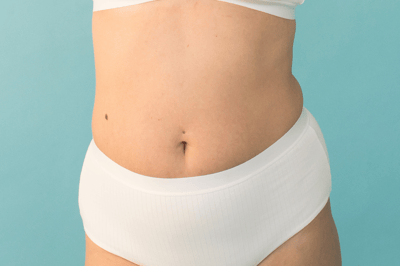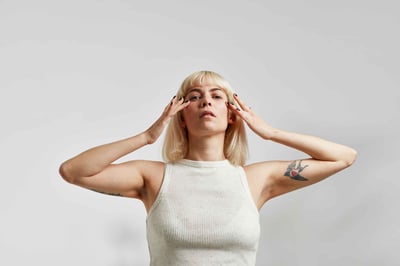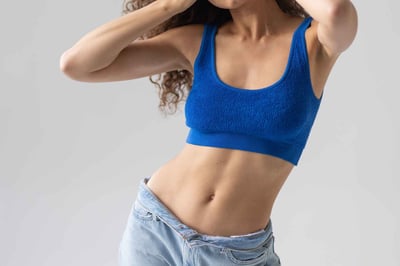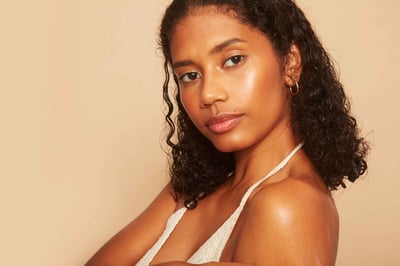Dull Skin
Dull skin occurs when natural oils, hydration, and radiance are lost, leaving skin lackluster and lifeless. Dull skin is a common concern affecting all skin types, from dry to oily to combination.It often occurs due to dehydration, sun damage, and hormonal shifts, but with the right skincare routine, you can restore luminosity and radiance to your complexion. You don’t have to settle for a lackluster appearance when you can pamper your skin and revitalize its natural shine; by nourishing your unique needs with targeted solutions, there's no reason why your best complexion can’t be transformed into naturally radiant skin.
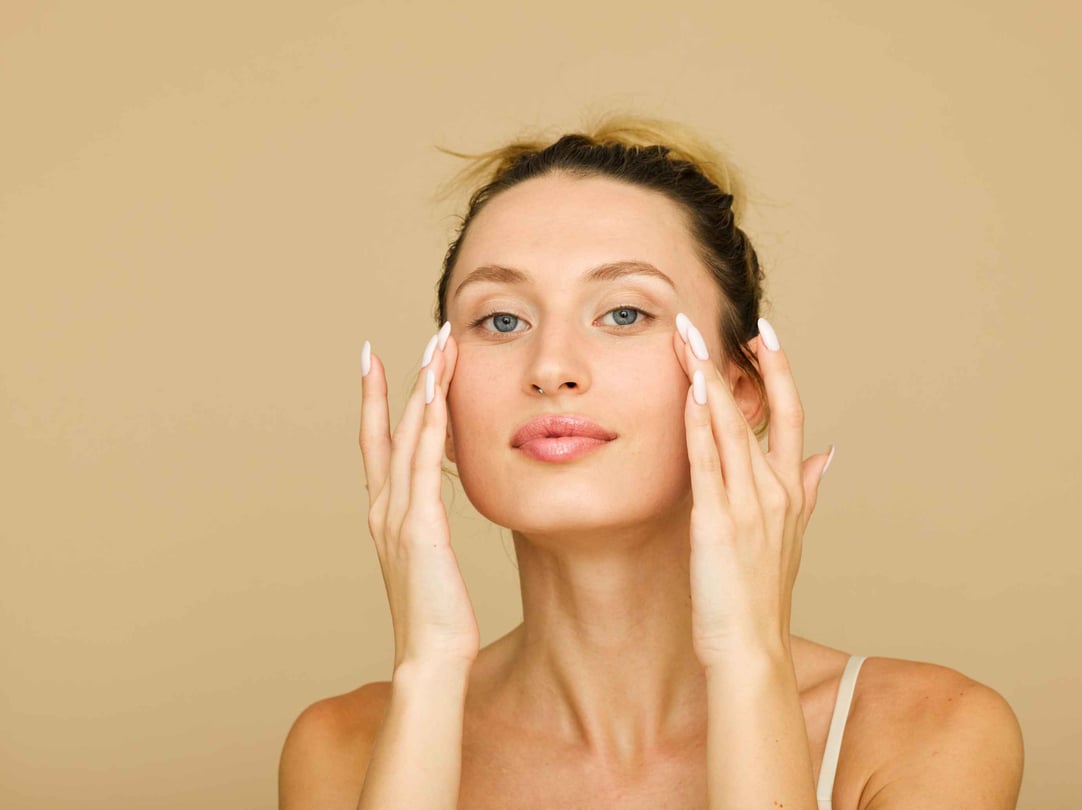
What is Dull Skin
Dull skin is a common condition many people face, especially due to changes in weather or stress. Dull skin can be described as lackluster and fatigued rather than glowing and radiant. When skin becomes dull, it doesn’t reflect light as it should and may appear gray or discolored. This is often caused by poor circulation, dehydration, and hormonal changes resulting in rough, flaky, or lifeless skin. It’s usually accompanied by dead skin cells remaining on the skin's surface. Symptoms may include pale color or a lack of glow, sagging or drooping skin, dark circles and bags under the eyes, and age spots.
Oftentimes, dull skin can also be caused by lifestyle factors including poor diet, lack of sleep, and environmental pollutants. It impacts all age groups and can lead to a drop in confidence and self-esteem; taking steps to reduce the effects of dull skin is vital. Restoring healthy skin will require lifestyle changes and treatments such as chemical peels or skin resurfacing solutions that aim to improve the skin’s radiance and vitality. Fortunately, over time, dull skin can be corrected and enhanced with appropriate treatments and result in a glowing, rejuvenated look.
Common Types of Dull Skin
There are three main types of dull skin: dry, oily, and combination. Dry skin occurs when there is a lack of water in the outermost layer, resulting in dryness and flakiness. Oily skin occurs when the sebaceous glands produce too much sebum, causing excess oil to clog pores and an oily complexion. Finally, combination skin occurs when a person has both dry and oily patches on their face all at once due to uneven oil production distribution. Despite the differences between these dull skin types, they all require proper care to restore vibrancy and luster to the face for a glowing complexion.
Dry skin
Dry skin lacks oils to retain moisture. This causes dullness, making the complexion appear less even. Signs of dryness and flakiness result in a disconnect between our skin, its natural sheen, and a healthy glow. Dryness and flakiness can lead to an accumulation of dead skin cells on the face, making the complexion look lifeless and sallow. Fortunately, there are a variety of treatments, such as facials, chemical peels, and microdermabrasion, designed to restore the complexion and remove dryness and flakiness. They can enhance your skin's hydration levels, giving it a new vitality and that much sought-after natural radiance.
Oily skin
Oily skin can cause dullness and lack of luster. This is because the excess oil can accumulate on the skin's surface and clog pores, preventing nutrients from getting in to nourish and hydrate the dermal layer. Additionally, oils are naturally more fatiguing for the skin due to their thicker consistency and can cause a greasy residue to linger on the exterior layers. Fortunately, there are many ways to treat dullness caused by oily skin. Hydrating masks, moisturizers with hyaluronic acid, microdermabrasion treatments, vitamin-infused facial serums, and antioxidant creams are some ways that can be used to alleviate dullness and bring back vibrancy to the skin.
Combination skin
Dull skin associated with combination skin is characterized by having an overall grayish hue due to the accumulation of dead skin cells.This type of skin typically appears very dry in certain areas with an oily T-zone across the forehead, nose, and chin. In addition to oil on the face, these areas may appear worn-out and grayish due to lack of hydration. This can make the outer layer of the skin rough and cause blackheads, acne, and large pores. Fortunately, treatments are available to keep dull skin at bay and enable you to regain your complexion’s natural glow.
What Causes Dull Skin
Dull skin can be caused by a variety of factors including the buildup of dead skin cells, a lack of moisture in the dermis layer, sun damage, stress and fatigue, and hormonal changes. Over time, these factors can accumulate on the surface of the skin resulting in an overall lackluster look.
Dead skin cell buildup
Our skin is constantly regenerating, but when dead cells linger, they can cause a lackluster appearance. Without their regular removal, the buildup of these cells can leave the skin looking dry and patchy with an uneven texture-making it difficult to reveal its natural luminosity and glow.
Dehydration
Dehydration can also cause dull skin, making it look dry and patchy. Without sufficient hydration, your skin can suffer. Enhancing moisture levels beneath the surface of the skin by drinking adequate amounts of water every day is key to keeping your complexion healthy and glowing.
Sun damage
Sun exposure can be damaging in various ways. It can be a major cause of dull, lackluster skin. The sun’s ultraviolet rays are known to penetrate the skin’s surface, leading to changes in the cells that make up our skin. These changes can cause discoloration and break down collagen, leaving the skin looking dull.
Hormonal changes
Dull skin can be caused by an imbalance in hormone levels. The decrease in hormones such as estrogen in the body often leads to an inability to retain moisture, resulting in dry and patchy skin. Hormonal imbalances can also influence the production of sebum, which is responsible for nourishing the skin and keeping it soft and supple. Excess hormones may result in the overproduction of sebum, while decreased levels can lead to dehydration and roughness.
Procedures That Remedy Dull Skin
There are many minimally invasive cosmetic procedures that can help restore luster to a lackluster complexion. For the most dramatic results, chemical peels and microdermabrasion are popular options. Chemical peels involve removing the outer layers of the skin to trigger the collagen production and reveal healthier, glowing skin. Microdermabrasion is a gentler option; small crystals polish away dead skin cells and reveal younger-looking skin below. In addition to these treatments, facials can help to detoxify skin for an instant boost of radiance.
Chemical Peels
Find doctors who offer Chemical PeelChemical peels provide an effective solution to revitalize dull skin. They can penetrate deeper than many other exfoliation techniques. This deep-cleaning action helps remove dead skin cells, unclogging pores and allowing the skin to breathe. Consequently, this stimulates cell renewal and reveals a brighter complexion.
Microdermabrasion
Find doctors who offer MicrodermabrasionMicrodermabrasion renews dull skin. It uses an abrasive instrument such as a diamond-tipped wand or tiny crystals delivered with suction, to gently sand and polish away the dead skin cells that can give your complexion a lackluster appearance. As a result, the underlying layers of new, fresher skin are exposed for a smoother, clearer tone. In addition to removing dead skin cells, microdermabrasion helps promote new cell turnover, which stimulates the production of collagen and can increase skin elasticity.
Facial
Find doctors who offer FacialFacials are a great way to restore your skin's natural radiance. Through exfoliation, hydration, and nourishment, a facial can effectively reduce the appearance of dull skin quickly and safely. Exfoliating removes the dead or damaged cells on the surface so that smoother and brighter skin can take its place. Hydration helps increase cellular turnover by keeping the skin's outer layer moist and plump. Finally, nourishing the skin with antioxidants and essential oils helps to even out tone while reducing inflammation. With regular treatments from a qualified professional, dull skin can be rejuvenated quickly!
Frequently Asked Questions
Is there a difference between dull and dehydrated skin?
Regarding skincare, understanding the differences between dull and dehydrated skin is essential for optimal skin health. Dull skin tends to look lackluster, lacking radiance or glow, and overall dull in complexion. In contrast, dehydrated skin occurs when the body lacks sufficient water and is often accompanied by tightness, dryness, or flaking, signs that the skin needs extra hydration. While both affect the complexion's appearance, they require different treatment strategies. Dull skin may need more exfoliation and deep cleansing treatments to help slough away dead surface cells and reduce build-up, whereas dehydrated skin requires moisturizers to help rehydrate and nourish the cells. To achieve a youthful-looking complexion, identifying whether you have dull or dehydrated skin and employing appropriate remedies is key.
Can dull skin be improved with makeup?
Makeup can help improve the appearance of dull skin and add color and radiance to the skin.Though makeup can certainly be used to cover up dull skin and give the appearance of a healthy glow, true improvement in dull skin complexions requires more than a brush and powder. To truly restore facial skin areas exhibiting signs of early aging, it is advisable to look into beauty treatments such as microdermabrasion or facials for exfoliation and treatments that restore hydration, elasticity, and firmness. These procedures will help reveal fresh, brighter layers of skin beneath the dull surface and help maintain the beauty of your complexion for a longer-lasting corrected result.
Can exfoliation help to improve dull skin?
Exfoliation is an effective way to give dull skin a boost and provide a refreshed, glowing look. It can be achieved by microdermabrasion or chemical peels. Microdermabrasion helps invigorate the skin by removing the outermost layer of dead skin cells and is perfect for those with sensitive skin. For a more intensive approach, chemical peels are used to remove the top layer of dryness and help even out skin tone and texture, but these treatments should only be done in a professional setting. Whichever exfoliation method you choose, it can be extremely beneficial to brighten up dull-looking skin.
Are there any home remedies for dull skin?
Looking good and feeling good has much to do with skincare. Home remedies can be good, but sometimes you need more intensive treatment for dull skin. Nevertheless, many common household items can go a long way in helping revive and boost your skin’s natural radiance, like honey, banana, coconut oil, turmeric paste, and lemon juice. These ingredients act as natural moisturizers that can reduce wrinkles and increase the smoothness and elasticity of the skin. However, a good moisturizer should be used regularly to keep your skin hydrated and help repair any damage caused by environmental exposures. It is also important to protect your skin from UV rays that damage the deeper layers of the skin. Ultimately it is always best to consult an aesthetician about developing a good skincare routine tailored to your needs.


